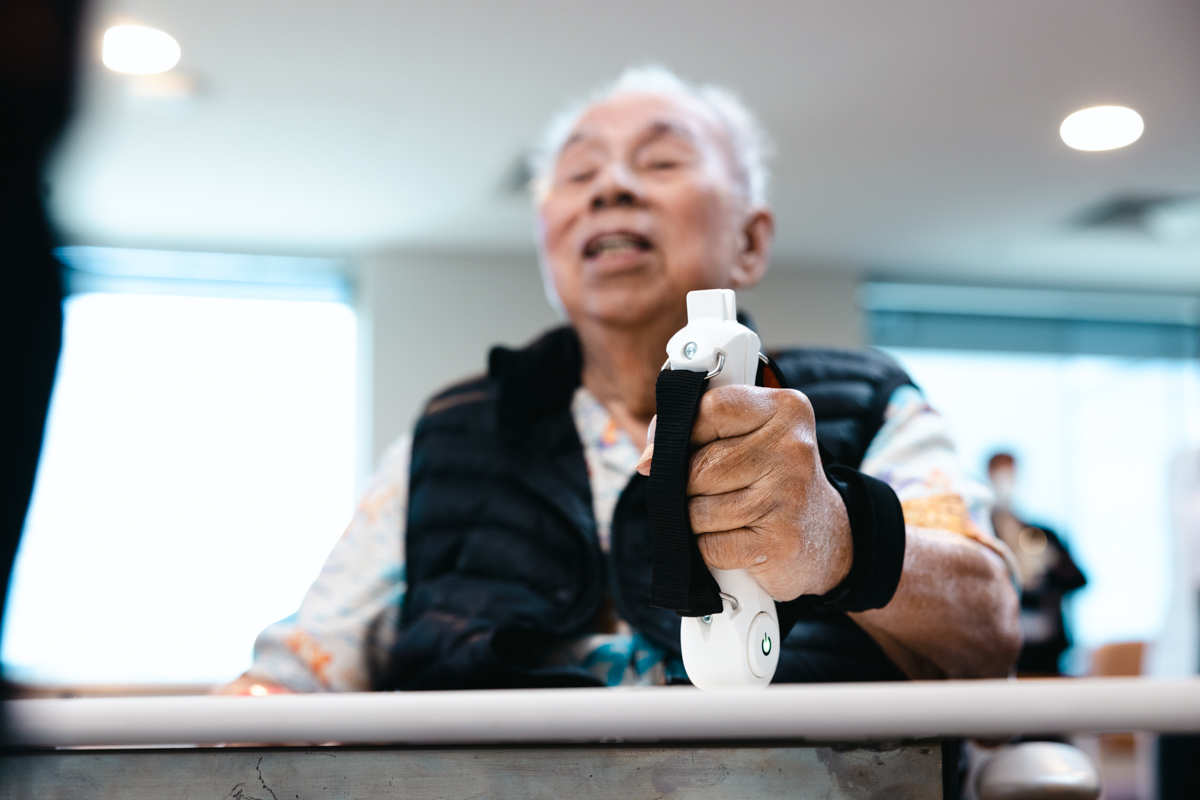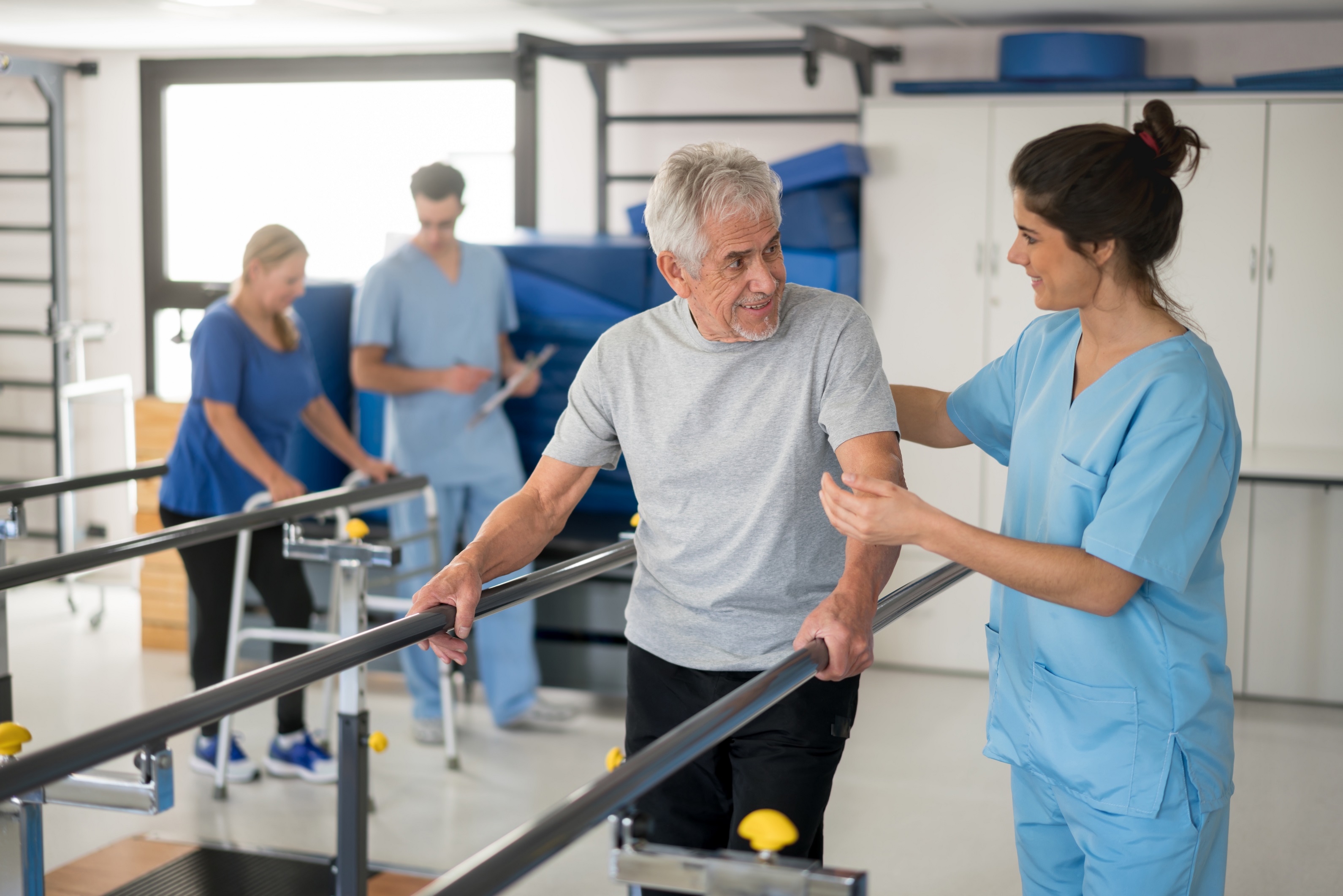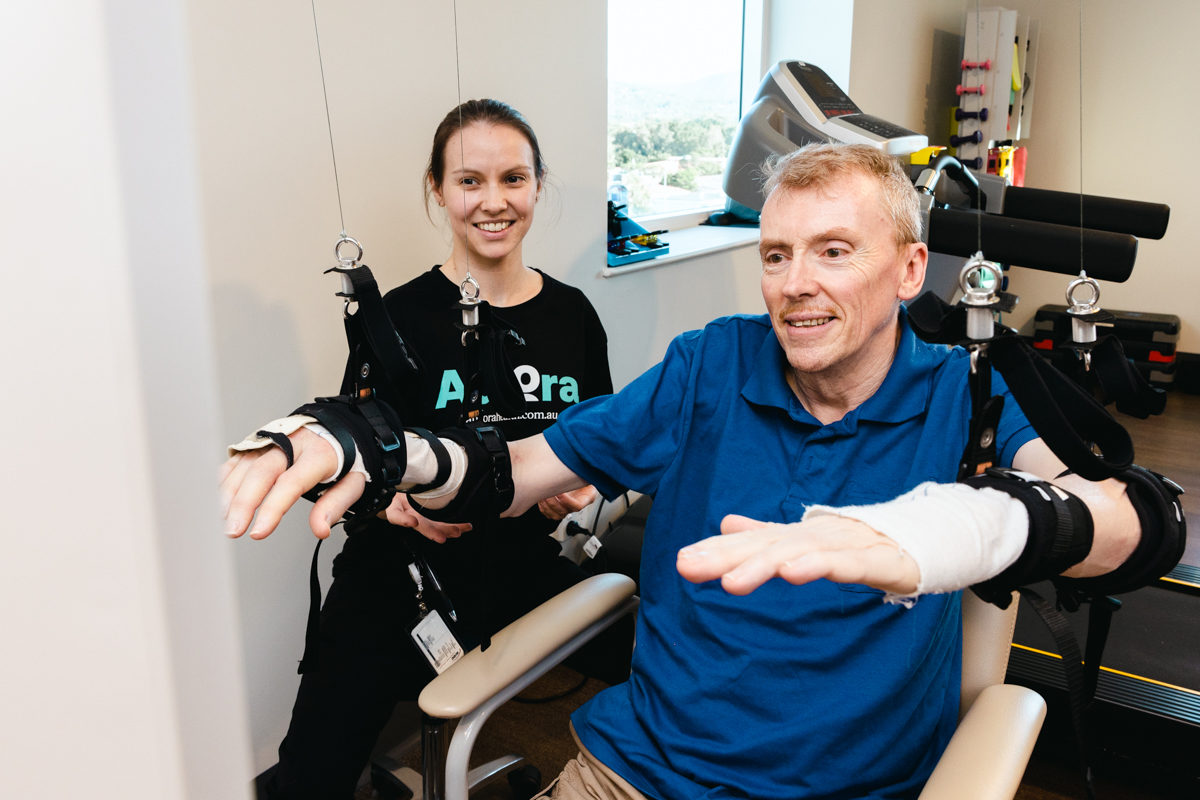
Author
Summary
What is Parkinson’s disease?
Parkinson’s disease is a progressive neurological condition that affects the cells in the brain that produce dopamine. The nervous system uses dopamine to send messages between nerve cells. This communication allows for movement. When there is a lack of dopamine this communication is interrupted, causing irregularities to the body’s movement.
Because of this, people with Parkinson’s disease may experience:
- Bradykinesia: Slowness of movement.
- Tremor: involuntary, rhythmic shaking movement that occurs most commonly at rest. It may lessen when the limb is actively being used.
- Rigidity: stiffness and difficulty moving the arms, legs and trunk.
How can exercise help symptoms of Parkinson’s Disease?
Exercise for Parkinson’s is aimed at improving movement through a process known as Neuroplasticity. Neuroplasticity is the brain’s ability to learn or re-learn new functions by creating new neural connections, or reorganizing previously established connections. Basically, we are trying to retrain the brain to allow the body to move more easily. Parkinson’s can result in small and slow movement patterns, and small, shuffling steps. With repeated practice of fast movements, big movements and longer steps, we begin to see this type of movement improve. This allows patients to walk faster, complete their daily activities faster, and react more quickly to changes in balance and walking surfaces.
This specialised exercise that promotes Neuroplasticity of the brain is the core focus of our PD Boot Camp program. Our team of Physiotherapists, Occupational Therapists, Speech Pathologists, Dieticians and Social Workers are experienced in managing and improving the symptoms of Parkinson’s Disease through exercise intervention and education.

